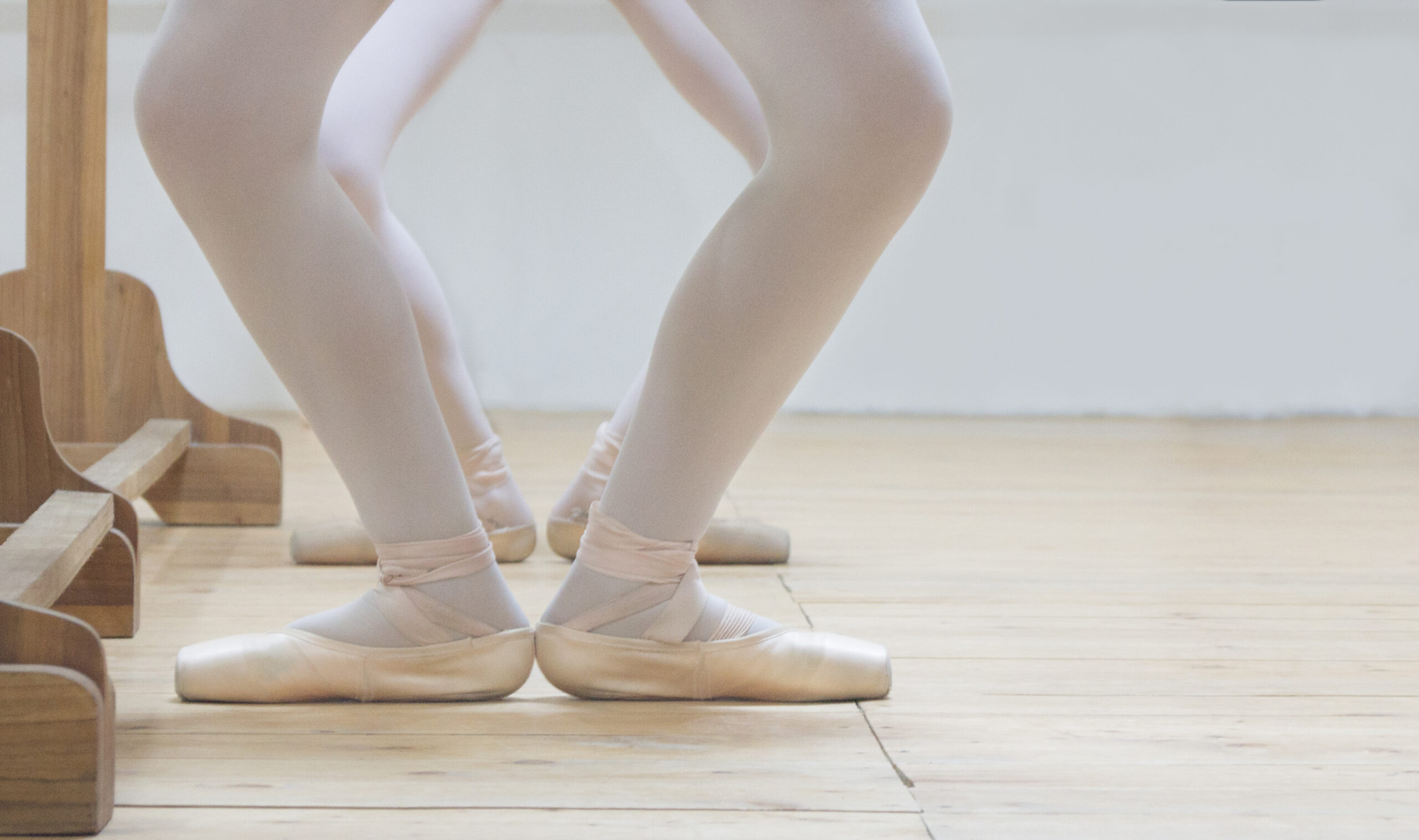Overuse injuries account for approximately 68% of injuries in ballet dancers. Ankle impingement is an overuse injury from the repetition of specific movements required in dance. This article teaches what ankle impingement is and how you can manage it.
What is Ankle Impingement?

Ankle impingement can be classified into two general categories, namely anterior and posterior impingement. Anterior impingement syndrome is caused by compression of structures in the front of your ankle. This may be from osteophyte (bone) formation or soft tissue impingement. Anterior impingement is common after experiencing an ankle sprain, particularly if you do not adequately rehab it. You may feel pain in the front of your ankle during a plie or any movement that requires taking off from a jump or preparing for a turn.
Posterior ankle impingement syndrome results from excessive bone formation or soft tissue irritation in the back of your ankle. Bone changes include an accessory bone termed the os trigonum or the presence of a stieda process on your talus bone. An os trigonum is present in approximately 12-23% of the population.
Ballet requires repetitive weight bearing in extreme plantar flexion (on your toes). While dancing en pointe, the os trigonum can become impinged causing a bony block in the back of your ankle. Irritation of the flexor hallucis longus tendon can occur with the presence of an os trigonum due to the proximity of this tendon to the accessory bone. This can lead to further tissue compression and pain. In posterior impingement, you may be unable to attain full pointe or complain of pain in the back of your ankle with releve.
How is Ankle Impingement Treated?
Conservative intervention such as physical therapy is a good place to begin treatment for anterior and posterior impingement. Physical therapy will focus on your impairments and may consist of re-education of ballet techniques. This includes the plie or releve. Treatment also involves improving ankle stability and joint or soft tissue mobilization. Activity restriction may be necessary. If conservative treatment is not successful, surgical intervention may be necessary.
Surgical intervention could include the removal of osteophytes or the os trigonum. Repair of the flexor tendon may be required to treat posterior impingement. Following surgery, physical therapy would be recommended to maximize your functional ability. Generally, post-surgical outcomes are good with 89% of dancers being able to return to ballet class, rehearsal, and performances.
What can you do for your Ankle Pain?
Ankle impingement syndromes can prevent you from dancing to your full potential. Pain with movements such as the plie or releve is common in dancers with impingement. If you are suffering from ankle pain, schedule an appointment with a physical therapist specializing in the treatment of dancers.

